There is no doubt we live in a visual world. Our activities are driven by tablets and phones. Our students are growing up with unlimited content at their fingertips. Clearly, we are educating students for a future that will be much different than ours.
Literacy Skills for the 21st Century
Much of the content students get each day offers information but little context. In this visual world, students must develop the skills to successfully decode that information, such as fluent visual literacy skills and the ability to think critically about content. As Anneliese Tillmann points out in her paper What We See and Why It Matters: How Competency in Visual Literacy Can Enhance Student Learning:
“Digital natives do not inherently possess visual literacy skills … If teachers utilize design principles with an understanding of tools and principles in their classrooms, they can help students achieve full visual literacy competency, implement the Best Practice principles, and take students skill levels to the top of Bloom’s Taxonomy pyramid … When visual literacy competency is achieved, every student will be better prepared for the visually driven future they will inevitably encounter.”
How Do We Help Our Most Reluctant Readers?
But how do we bring an understanding of visual tools to the classroom? And how do we do it with our most reluctant readers?
These questions effectively drove Black Rabbit Books to create Bolt. Bolt is a new line of books that takes the best of Hi/Lo publishing—great high-interest content and expertly leveled text—and puts it in a visual, dynamic package. Every Bolt book features at minimum five infographics, including timelines, charts, graphs, maps and typographically-driven countdowns, which allow students to practice visual literacy and critical analysis in an environment in which they can succeed.
Hi/Lo Books That Engage Readers
Bolt books are written at an ATOS level of 2.8 to 3.3, and the topics are chosen to appeal to readers in grades 4–6. This specific range was chosen to help counter the dreaded “4th grade slump.” In Karen Tankersley’s book Literacy Strategies for Grades 4–12, she says “Chall, Jacobs, and Baldwin (1990) identified a drop in the reading scores of students between the 3rd and 4th grades, particularly those with low incomes. The researchers suggest that reasons for this could include the appearance of fewer picture clues in 4th grade texts, the abundance of new vocabulary words, and an expectation that students absorb information from the text rather than simply read for plot.
They also point out that around the 4th grade, teachers shift their focus from “learning to read” to “reading to learn” in the different content areas.” Bolt’s nonfiction Hi/Lo books paired with photos and appropriately leveled infographics help ease that transition.
Bolt promises to be fun books on fun subjects. The infographics serve as “on ramps” to reading and allow for great text analysis lessons. And with information presented in many ways, the opportunities for critical thinking are endless.
To see all Bolt titles on Booksource.com, choose the Advanced Search option and select Bolt on the dropdown menu of publishers. Or call 800.444.0435 and let a Booksource title expert help you find specific Hi/Lo titles that meet the needs of your classroom.


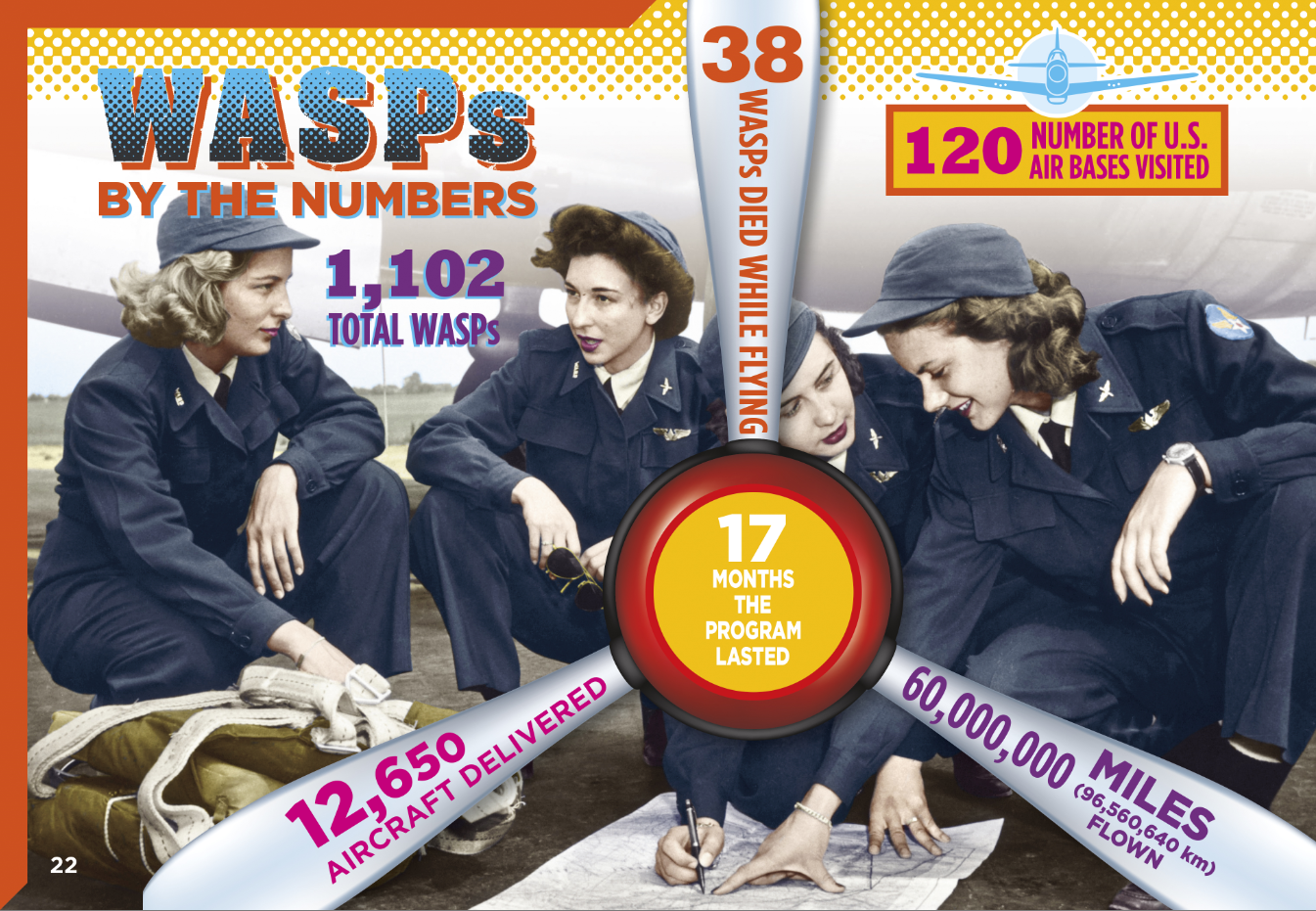
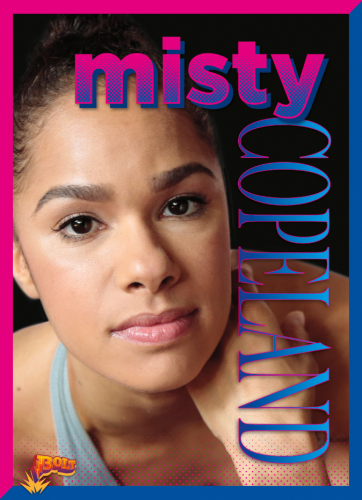
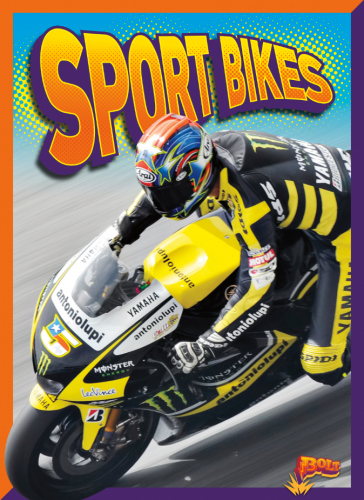


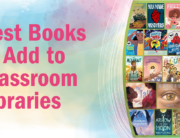
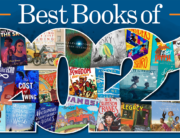
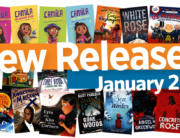
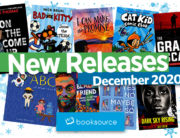
Leave A Comment